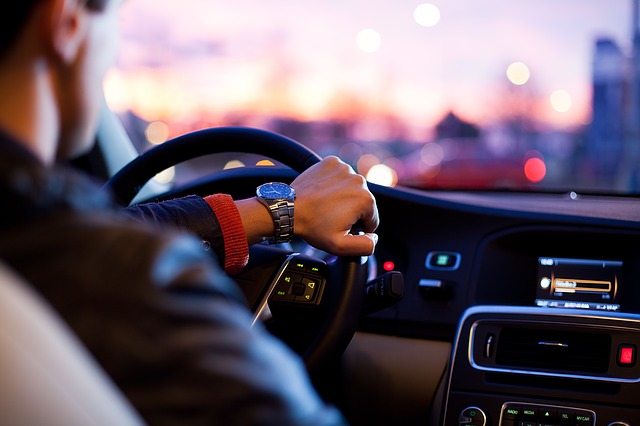Important Facts About Washington’s New DUIE Act

Recently, the state of Washington released its new Driving Under the Influence of Electronics (DUIE) Act, which seeks to protect pedestrians and drivers from any kind of traffic accident. The state implemented a new rule because it experienced a five percent increase in pedestrian deaths just last year.
According to the Kent Reporter, of the 42 pedestrian deaths in the state, five is from Kent. Additionally, from July 2018 to early February this year, the city had seven more pedestrian deaths. Six of these fatalities are from car accidents, while one is from a train accident.
Those who were injured or families who were affected likely sought Kent personal injury attorneys to help file a lawsuit for damages.
Local authorities are now trying to reduce traffic accidents by implementing local laws to protect its citizens and keep the streets safe and accident-free. But the law can only do so much; drivers also need to do their part by following Washington’s DUIE Act,
DUIE: The Restrictions and Exceptions
Substitute Senate Bill 5289, known as the DUIE Act, aims to increase public safety and reduce traffic-related casualties and injuries. Local authorities noticed distracted driving as a primary cause of these and sought to reduce it. Implementation began in July last year and remains a strict traffic rule today.
The law covers all activities considered to be illegal, the exceptions, and corresponding punishments.
Prohibitions
DUIE is a primary offense; an officer can pull you over just for holding a handheld device while driving.
The law primarily bans the use of any handheld device while driving. This includes phones, tablets, laptops, gaming devices, and any handheld technology that could distract the driver from his primary task of driving. Texting while driving, as well as answering a call using your hands, is also illegal.
According to an observation team employed by the state, nearly one-tenth of motorists are holding a device at any given moment.
The new bill also forbids composing and reading texts even at a stop light. Taking pictures while driving, even if you’re stuck in traffic, is also illegal. The standard traffic fine is $136 on the first offense, and would double on the second offense.
Miscellaneous distractions, on the other hand, are secondary offenses. An officer can issue you a ticket for grooming and eating while driving if you already committed a primary offense, like speeding or recklessly changing lanes.
Exceptions
There are exceptions to the law. Drivers can still use phones that are on the dashboard to refer to maps and a navigation app, but not for watching videos. You can still answer calls but through a Bluetooth speaker and a hands-free calling feature. Using built-in electronic systems is still legal.
Emergency calls, like dialling 911, are exceptions. Urgent calls between dispatchers and transit employees are also legal. Additionally, you can still use amateur radio equipment and citizens-band radio while driving.
You can use your handheld devices only if your vehicle is stationary.
The new law seeks to reduce and prevent pedestrian deaths altogether. It also aims to teach drivers safe, conscientious, and responsible driving. So before you get behind the wheel, think about the new DUIE Act and practice safe driving.











Leave a Reply